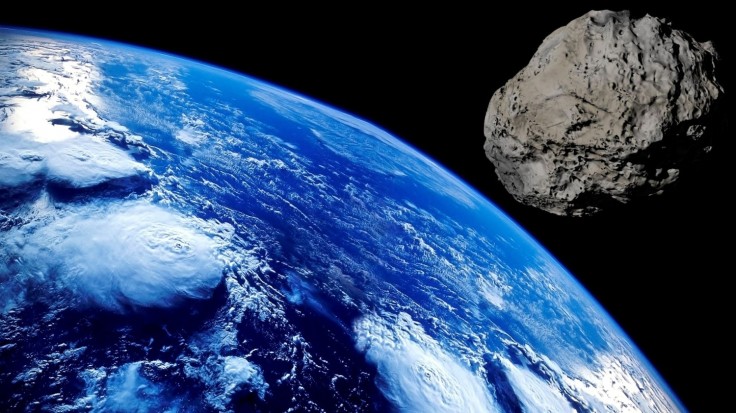
In NASA's recent report, there are three asteroids that will pass by the Earth by the end of the year--one of which has a similar size to the world's tallest structure, Burj Khalifa.
3 Asteroids Hitting Earth
Our solar system is filled with large space rocks orbiting the Sun, with their courses periodically shifting due to the gravitational pull of planets, per News 18.
Asteroids are space objects that hardly ever hit Earth, but if they do, they cause disaster. Therefore, NASA classifies asteroids that are larger than 150 meters in diameter as potentially harmful objects and keeps a careful eye on them.
According to studies from Davidson Institute of Science, if an asteroid larger than 150 meters collided with Earth, it would discharge energy a thousand times higher than the first atomic bomb.
Moreover, a bigger asteroid--asteroid Apophis for instance, which is nearly 300 meters wide--might wipe out an entire continent.
In relation to this, there are three potentially dangerous huge asteroids, ranging in size from 84 meters to 1.3 kilometers, that are likely to pass Earth this month, according to NASA's database of near-Earth objects.
Some of the said asteroids hitting Earth are said to be nearly huge as Burj Khalifa, Eiffel Tower and more.
3. Asteroid 163899 (2003 SD220) - December 17
This giant asteroid, which is expected to reach Earth on December 17, has a diameter of around 769-816 meters. It is nearly as large as the world's tallest structure, the Burj Khalifa.
The asteroid will approach Earth at 5.4 million kilometers, or about two times closer than NASA's possibly dangerous limit. If asteroid 163899 collides with the Earth, it might result in disaster and major destruction.
Read also: iPhone 13 vs. iPhone 14: Should You Buy Latest Apple Device Now or Wait for Next Version?
2. Asteroid 4660 NEREUS (1982 DB) - December 11
The asteroid, which is named after the shape-shifting Greek god Nereus, is 325-335 meters in diameter or about the same size as the Eiffel Tower.
On December 11, Nereus will most likely pass by Earth at a distance of 3.8 million kilometers, entering the safe range zone.
If Nereus collides with Earth, it will most certainly inflict localized damage in the targeted area.
1. Asteroid 2017 AE3 - December 29
Asteroid 2017 AE3, which is a 120-260-meter asteroid, is the third-largest asteroid to go by Earth this month.
This asteroid is predicted to glide by Earth on December 29 and might be larger than the Statue of Liberty. The Jerusalem Post added that it would be near twice the size of Egypt's Great Pyramid of Giza and 1.15 times the height of San Francisco's Golden Gate Bridge at its highest anticipated size.
The said asteroid's closest approach to Earth is expected to be 3.1 million kilometers, clearly above the safe limit.
How to Track the 3 Massive Asteroids That Will Pass By Our Planet?
Experts are fully aware of the deadly nature of asteroids, even small ones. Furthermore, space organizations all over the world are monitoring for potential catastrophic impacts and exploring ways to prevent them from happening.
Deflection, which entails releasing anything to gently modify an asteroid's path, is one of the strategies for possibly preventing an asteroid's collision.
The Double Asteroid Redirection Test (DART) Mission, which is presently ongoing through NASA and the Applied Physics Laboratory's work, is the most visible of these initiatives.
For those who do not know, there is a dedicated asteroid tracker which enables people to know more about near-Earth objects or NEO. Interested people should head to this link to know more about the said asteroid tracker.









